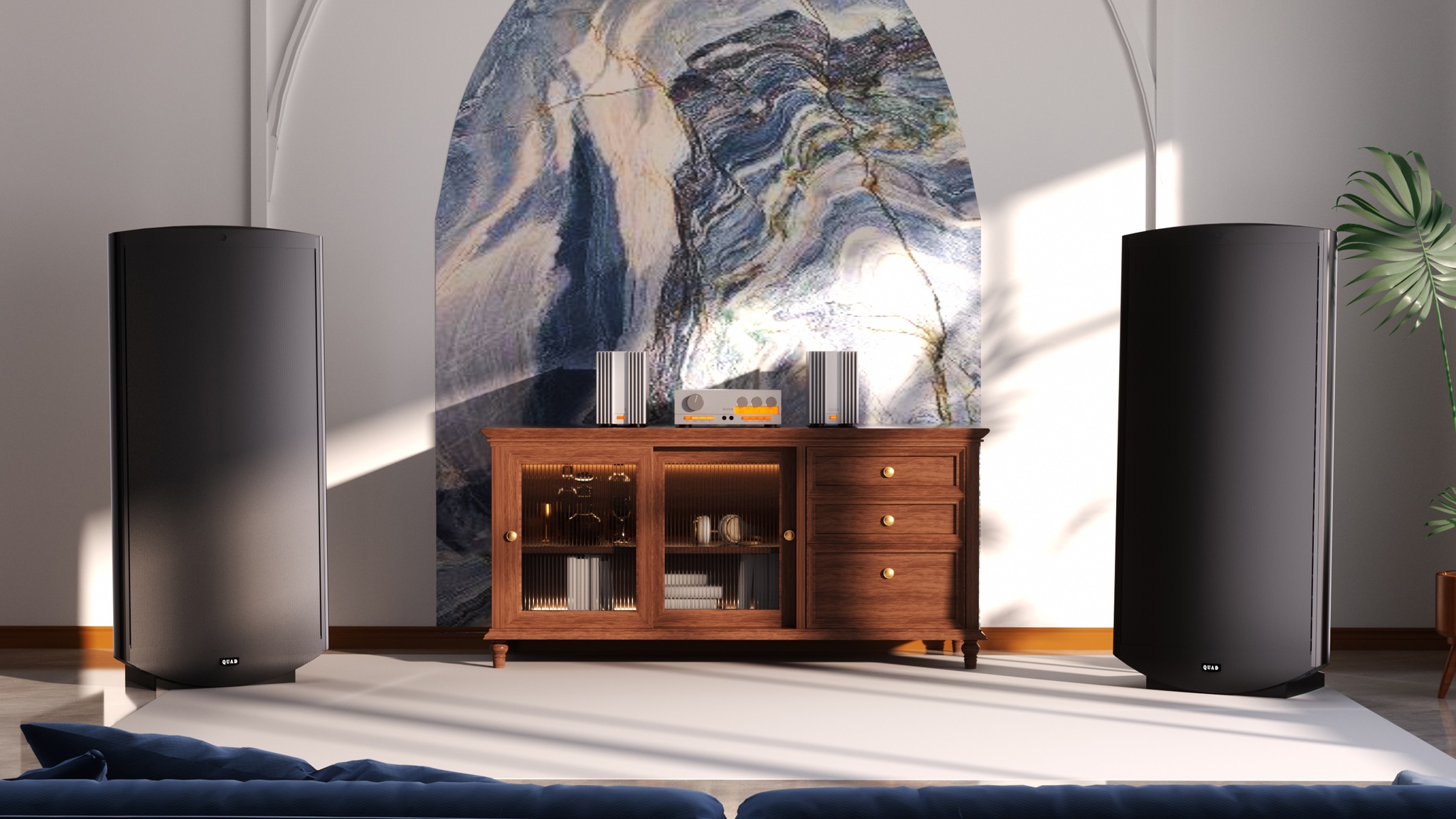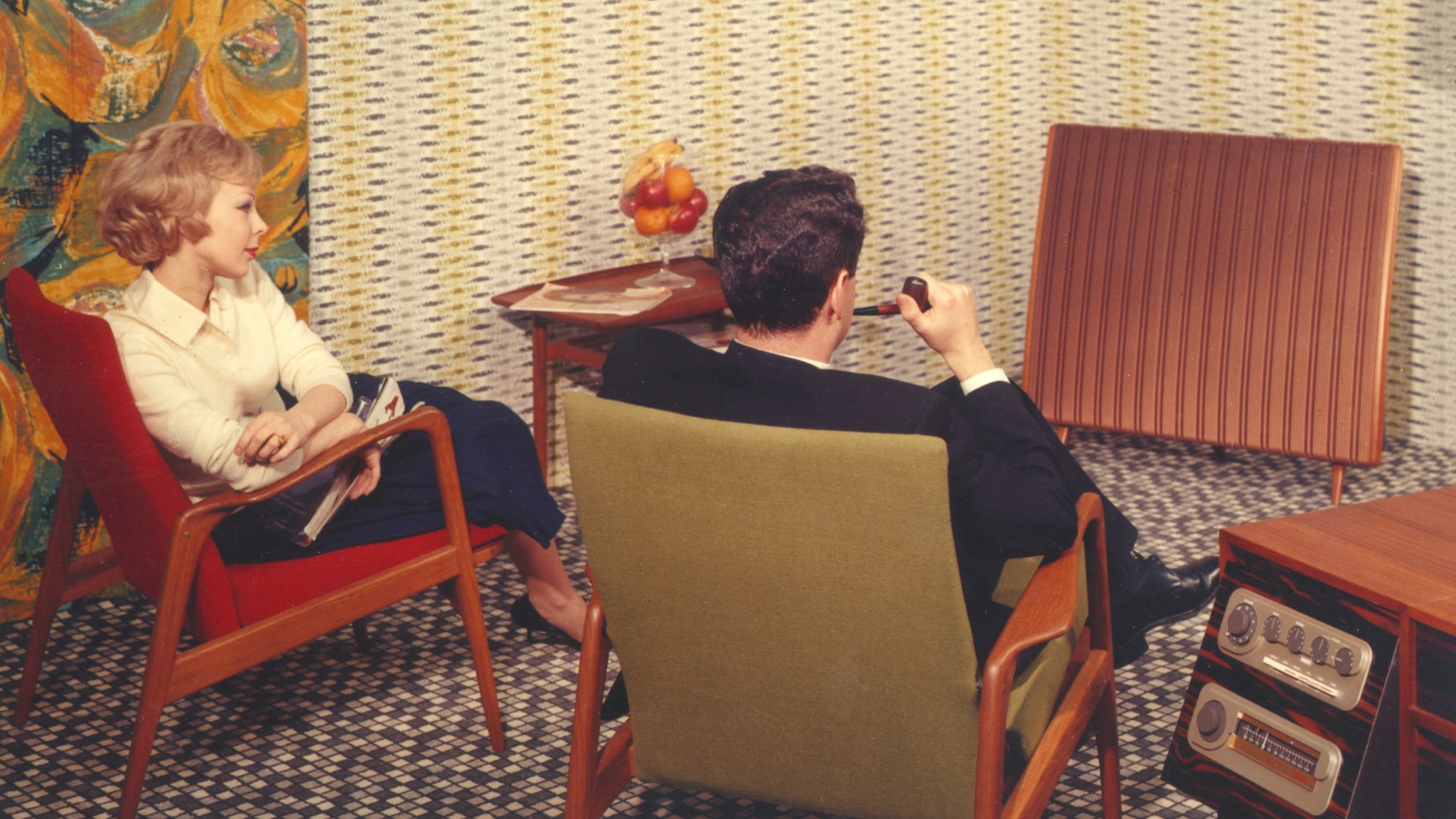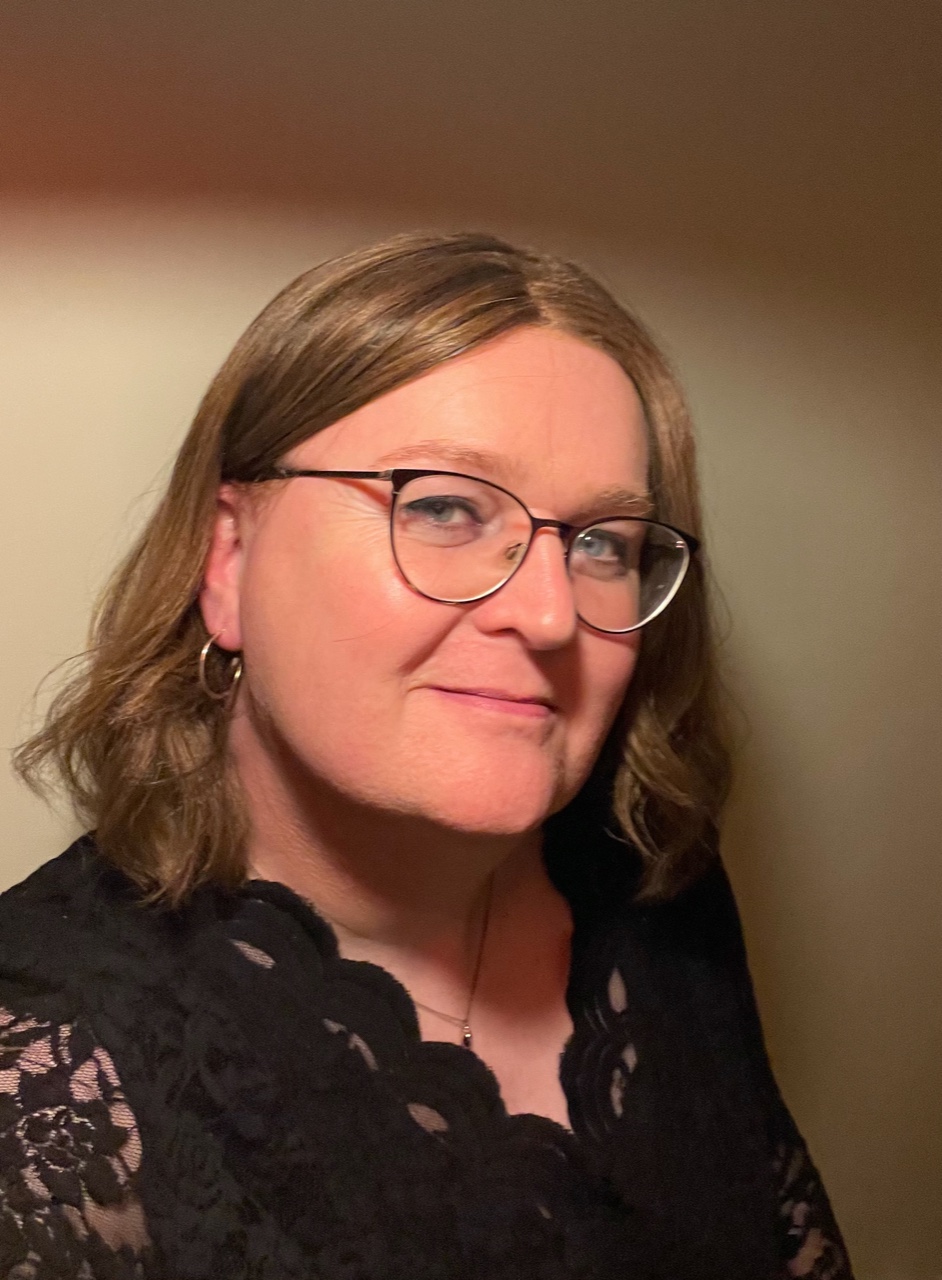Quad’s legendary speakers saw the birth of rock ’n’ roll – now they’re born again
The sixth generation of Quad's ESL speakers are "astonishing"


Quick Summary
First introduced in the late 1950s, Quad's electrostatic speakers have evolved into "the finest ESLs yet" with significant internal and external changes.
Quad's ESL speakers have been delighting audiophiles since the very birth of rock and roll: founder Peter Walker made the very first Quad ESL in 1957. They've aged exceptionally well, requiring only very occasional refreshes: in 1981, in 1989, in 1999, in 2006 and in 2012. And now they've reached their sixth generation in the form of the ESL 2812X and the ESL 2912X.
As Quad explains, "the new models introduce upgrades to the electrostatic panels and operational electronics, together with redesigned, UK-built audio transformers and a new ‘stealth’ aesthetic" that makes these "the finest Quad ESLs yet".
Quad's on a roll this year: just last month they unveiled the beautiful Quad 3 pre-amp which, like the ESLs, takes full advantage of modern tech and manufacturing but draws from a long hi-fi heritage.

Here's how the original Quad ESL was advertised in the late 1950s.
Quad ESL 2812X and the ESL 2912X: key features and pricing
The ESL speakers are electrostatic. Instead of the conical or domed drivers of most speakers, electrostatic speakers use very thin panel-shaped diaphraghms that are electrically charged and suspended in an electrostatic field.
Quad's diaphragms are made from fine Mylar film that's ten times thinner than a human hair, coated with a high resistance conductive material and suspended between two perforated metal plates called stators. The exceptionally light weight makes the diaphragms react much more quickly than traditional speaker drivers, delivering great speed and sonic accuracy.
That makes ESL speakers very clever and very involving, but Quad has constantly searched for ways to improve them. This generation has three key improvements in particular: refined electrostatic panels; a new design that drops the single PCB in favour of three fully independent modules: a high-voltage multiplier, a control and protection module and a low-voltage signal module; and improved transformers. Collectively, Quad says the improvements "markedly enhance" stability and performance, detail and clarity: with a flat response extending beyond 18kHz they create "an effortless sense of airiness and extension".
The outsides have been refreshed too with a "stealth" matt black finish and the removal of wooden trims, but if you want your ESLs to look striking there's an optional LED halo lighting feature that lights the speakers from below and gives the illusion that they're floating.
Get all the latest news, reviews, deals and buying guides on gorgeous tech, home and active products from the T3 experts
There are two models here: the ESL 2812X and the larger ESL 2912X. Both will be available from mid-August, and their UK prices are £10,999 and £12,999 per pair. That's roughly $14,800 / €12,600 / AU$25,444 and $17,499 / €14,896 / AU$26,644 respectively.
Writer, musician and broadcaster Carrie Marshall has been covering technology since 1998 and is particularly interested in how tech can help us live our best lives. Her CV is a who’s who of magazines, newspapers, websites and radio programmes ranging from T3, Techradar and MacFormat to the BBC, Sunday Post and People’s Friend. Carrie has written more than a dozen books, ghost-wrote two more and co-wrote seven more books and a Radio 2 documentary series; her memoir, Carrie Kills A Man, was shortlisted for the British Book Awards. When she’s not scribbling, Carrie is the singer in Glaswegian rock band Unquiet Mind (unquietmindmusic).
You must confirm your public display name before commenting
Please logout and then login again, you will then be prompted to enter your display name.
